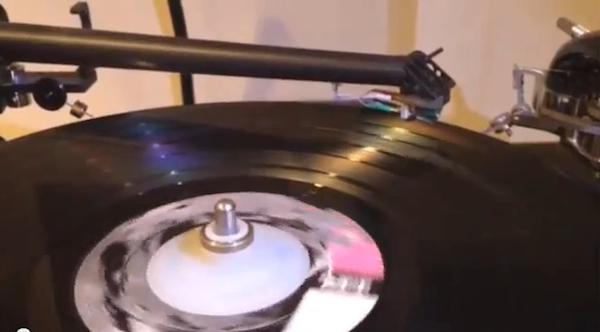|
Oct 23, 2023
|
Oct 09, 2019
|
Sep 25, 2019
|
Jun 01, 2018
|
Apr 06, 2018
|
Dec 26, 2017
|
Mar 30, 2017
|
Aug 19, 2016
|
Dec 31, 2011















